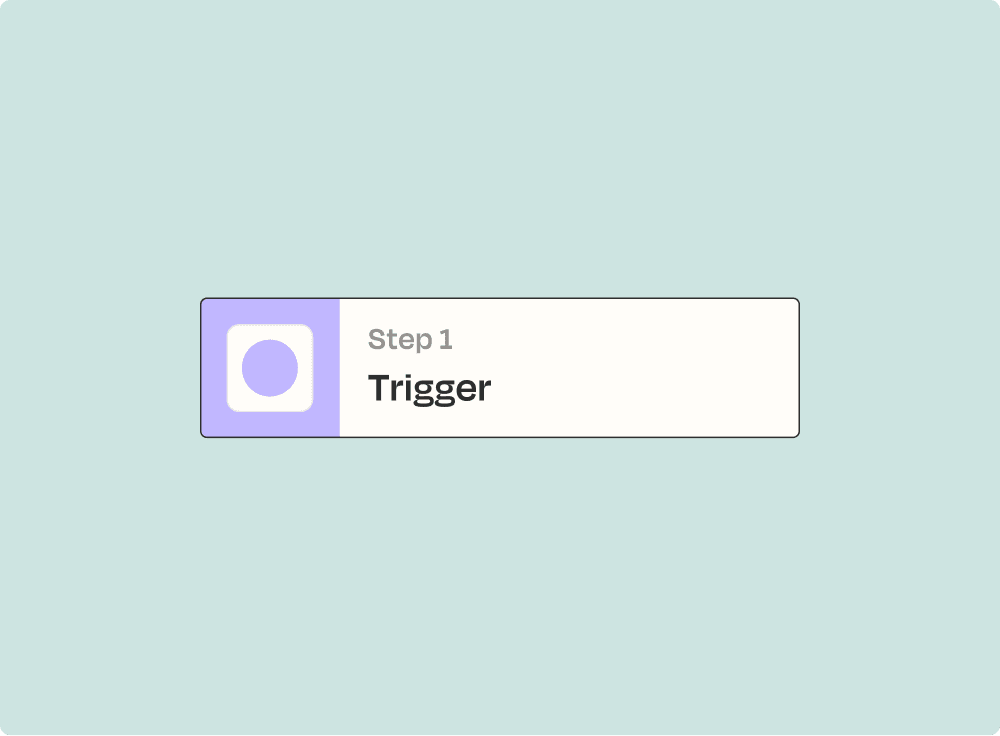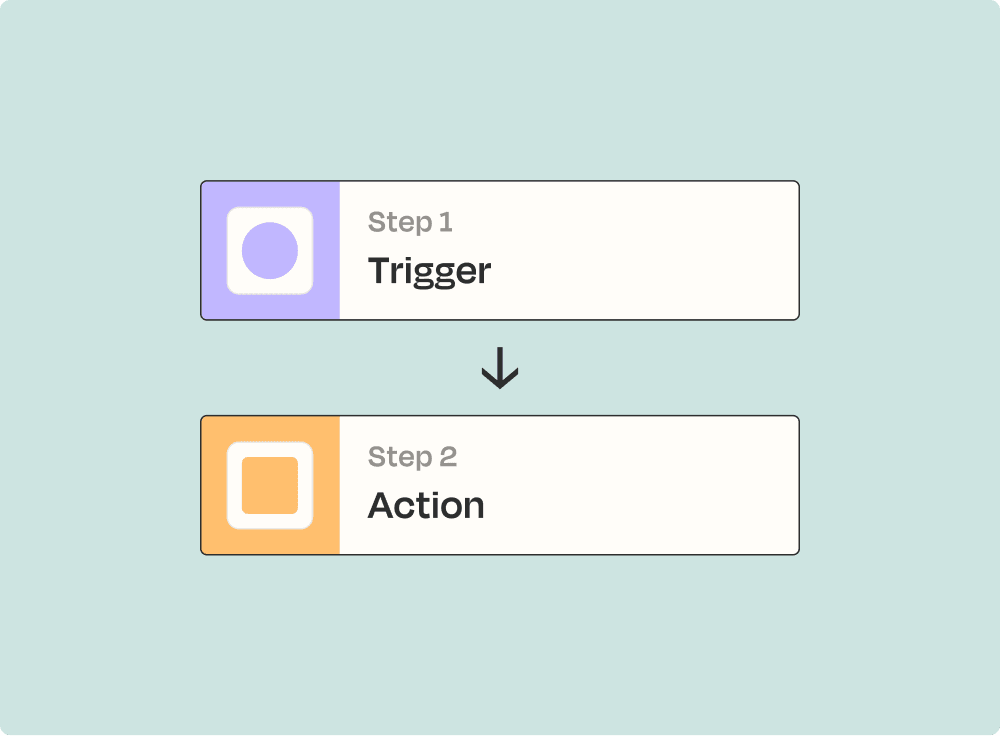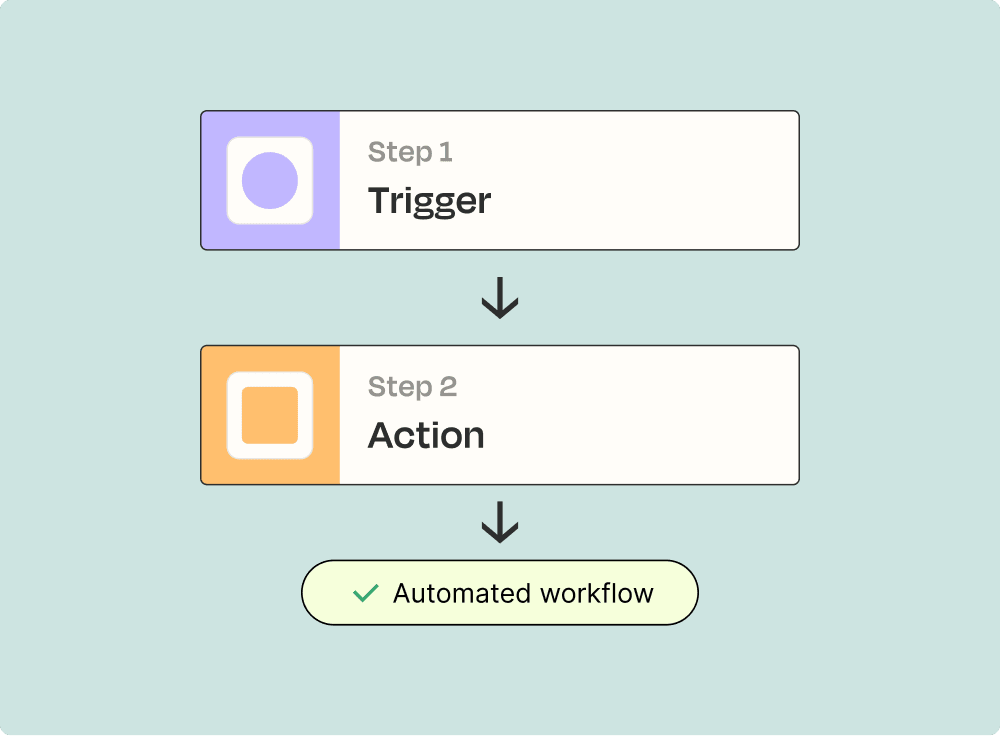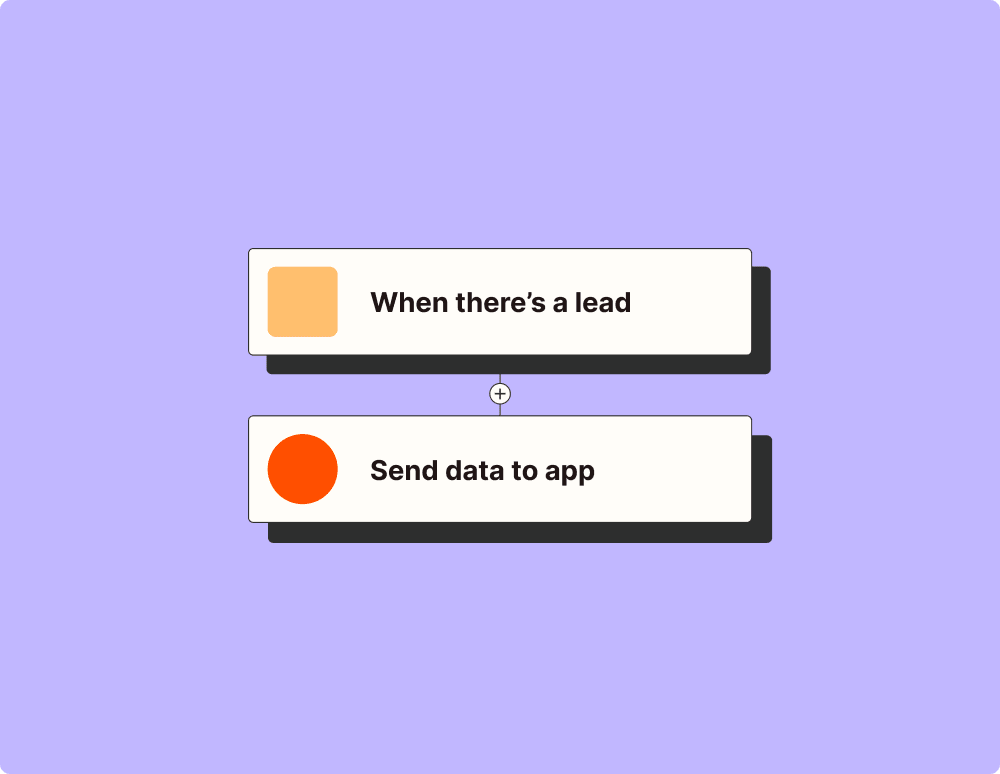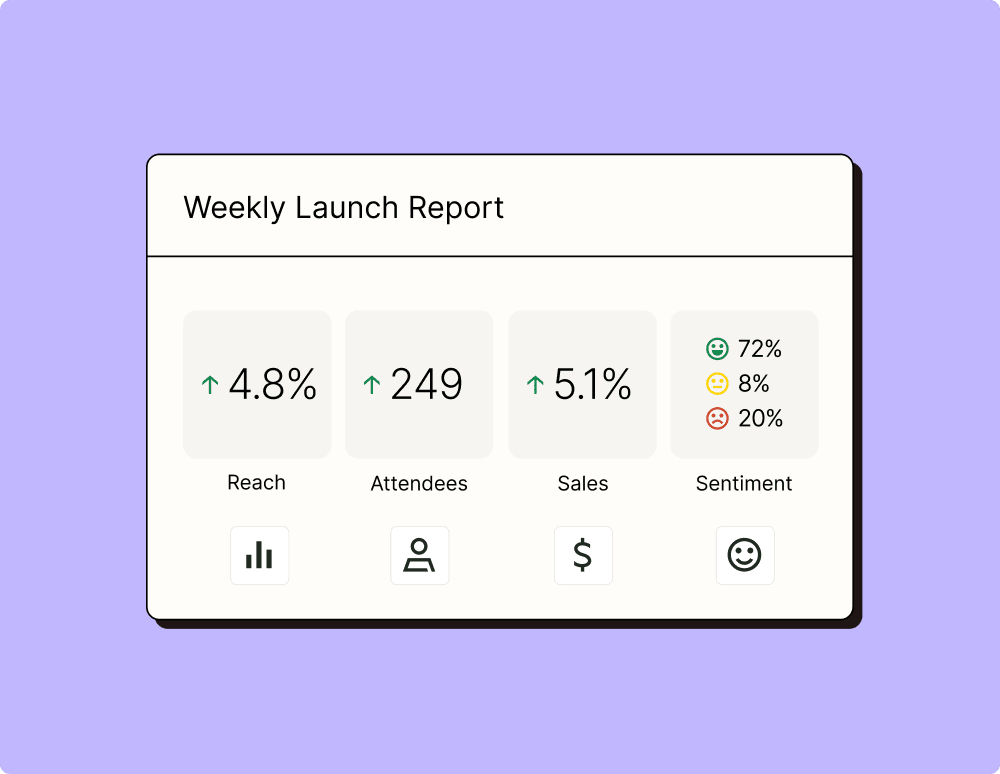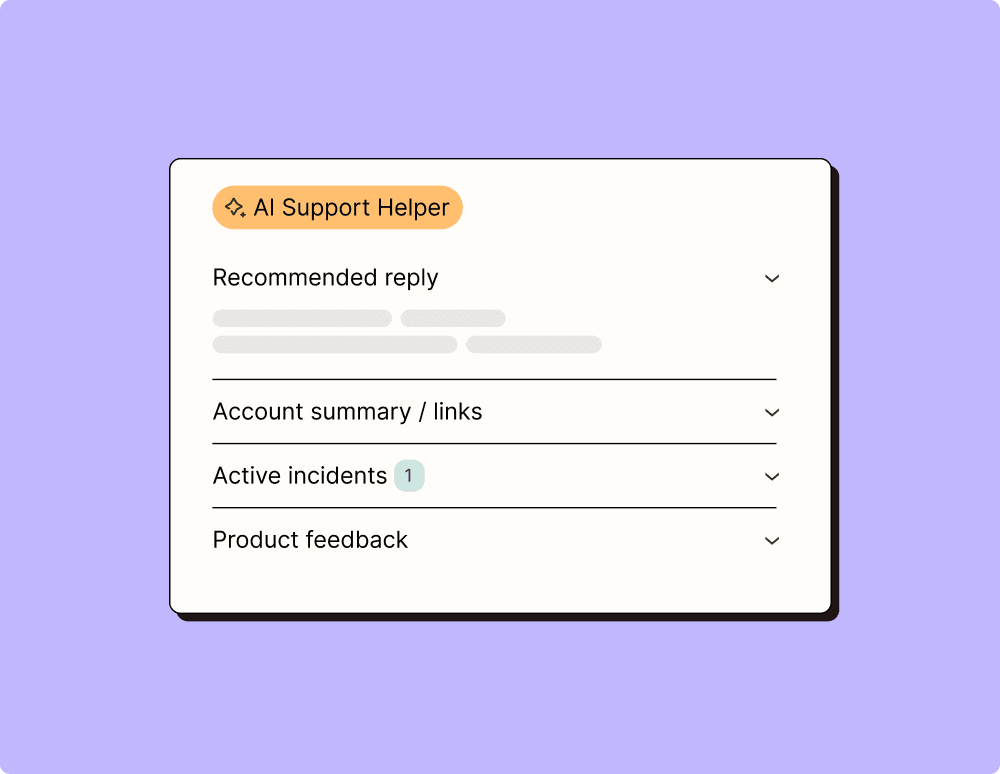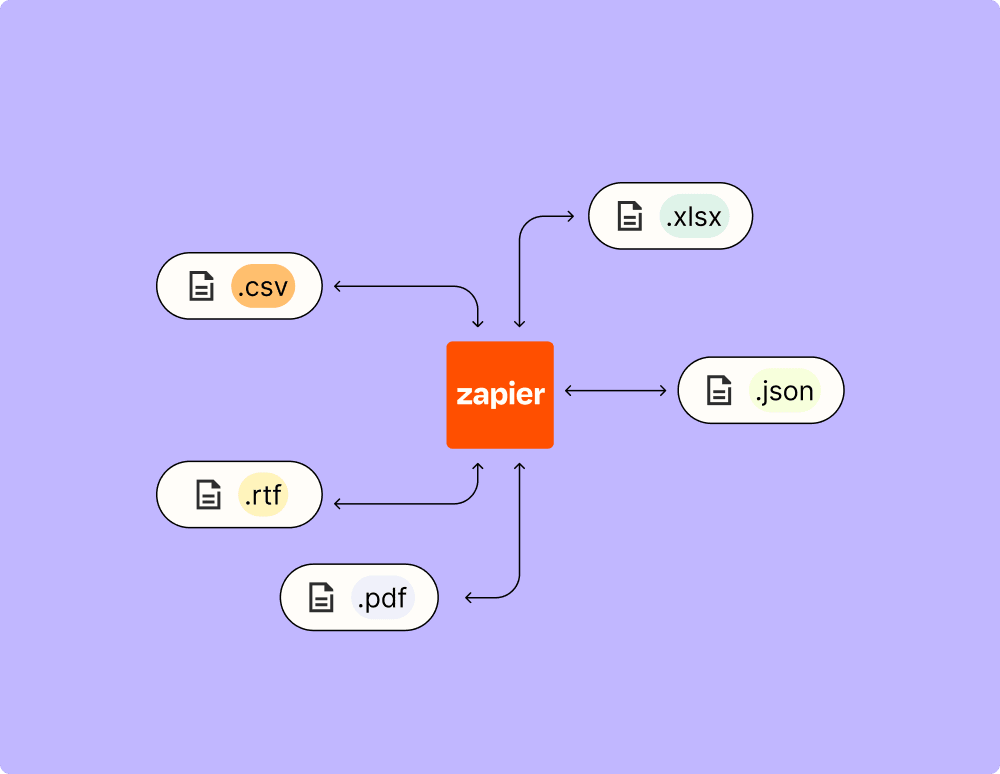Connect OneSignal and Firebase / Firestore to unlock the power of automation
- No credit card required
- Free forever for core features
- 14-day trial for premium features and apps
Choose a Trigger
Choose an Action
Set up your first integration
Quickly connect OneSignal to Firebase / Firestore with a Zapier template.
Our most popular template

How Zapier works
Zapier makes it easy to integrate OneSignal with Firebase / Firestore - no code necessary. See how you can get setup in minutes.
Zapier is the automation platform of choice for 87% of Forbes Cloud 100 companies in 2023
93%
Customers who say using Zapier has made them better at their job
25m
Customers have created over 25 million Zaps on the platform
6 mins
The average user takes less than 6 minutes to set up a Zap
Supported triggers and actions
Zapier helps you create workflows that connect your apps to automate repetitive tasks. A trigger is an event that starts a workflow, and an action is an event a Zap performs.
- New Notification Created
Triggers when you have one or more new notifications created.
Try It - Content by Language
- Heading by Language
- Subtitle by Language
- Template ID
- iOS Content Available
- iOS Mutable Content
- Filters
- Segment Names to Send To
- Segment Names of Excluded Users
- Player (User) IDs to Send To
- IOS Device Tokens to Send To
- Android Reg IDs to Send To
- Amazon Reg IDs to Send To
- Windows Phone 8.0 URIs to Target
- Windows Phone 8.1 URIs to Target
- Send to IOS
- Send to Android
- Send to Windows Phone 8.0
- Send to Windows Phone 8.1
- Send to Amazon Kindle Devices
- Send to Chrome Web Push Devices
- Send to Firefox Web Push Devices
- Send to Safari on Mac OS X
- Send to All Supported Browsers
- Send to Chrome App or Extension
- Custom Data
- Open URL
- iOS Media Attachments
- Android Big Picture
- Amazon Big Picture
- Chrome Extensions Big Picture
- Native App Buttons
- Web Push Buttons
- Custom iOS Buttons (Ios_category
- Android Background Layout
- Android Small Icon
- Android Large Icon
- Amazon Small Icon
- Amazon Large Icon
- Web Push Icon
- Chrome Web Image
- IOS Sound
- Android Sound
- Amazon Sound
- Windows Phone 8.0 Sound
- Windows 8.1 Sound
- Android LED Color
- Android Accent Color
- Android Visibility
- IOS Badge Actions
- IOS Badge Count
- Notification Replacement Key
- Android Grouping String
- Android Grouping Stacked Message
- Amazon Grouping String
- Amazon Grouping Stacked Message
- Send Time
- Scheduling Per-User Delay Option
- Time of Day to Deliver
- Notification Time to Live
- Message Priority
- CollectionRequired
Try It- CollectionRequired
- Convert Numerics
- NewId
- Custom Data
- Notification ContentRequired
- Title
- Send Time
- Open URL
- PathRequired
- Order
- Location of newest objects
Try It- PathRequired
- Convert Numerics
- NewId
- Custom Data
- HTTP MethodRequired
- Open URL
- Query String Parameters
- Headers
- Additional Request Headers
- Body
Learn how to automate OneSignal on the Zapier blog
Learn how to automate Firebase / Firestore on the Zapier blog
OneSignal is a simple and smart service that send push notifications across all platforms. OneSignal features reliable delivery of millions of notifications, segmentation and targeting, automated delivery, localization, support for all major app development tools, and real time analytics.
Related categories
Related categories
